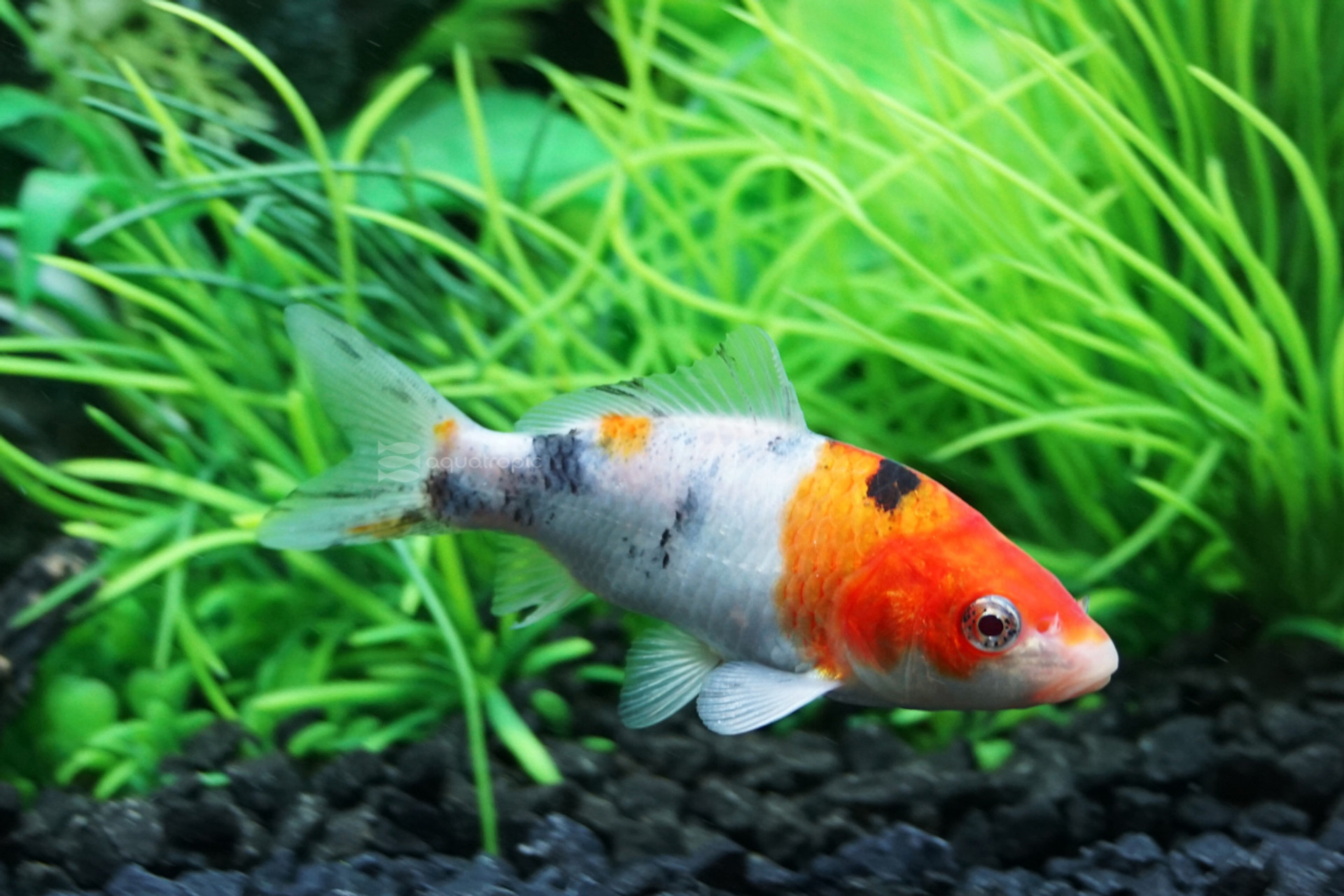Fall is the time for winterizing your pond

Winter is coming. If you live here in North America, it is time to start preparing your pond for the cold season, a process most of us call “winterizing.”
First things first, fish are cold blooded and need less food in the winter. Not only this, but the bacterial processes that keep your pond clean also slow down, so likely the most important aspect of winterizing is adjusting your feeding. When air temps in your area drop down into the low 50s, start paying more attention to your pond's actual temperature. When the water temp drops under 65ish (Fahrenheit, obviously) most pond fish slow down. At this point, decrease the amount of food the pond gets by half or so, and start using a lower protein food. Once water temperatures drop into the low 50s, you can dial your feeding back to nothing. For those of you who have ponds that stay roughly this temperature all winter, you will continue feeding, but at a small fraction of the amount of food that you would usually use in the summer, and only with winter appropriate foods. Maintain this feeding schedule (none or very little) until your water temps rise back into the 60's next spring.
One of the hallmarks of fall, are the fall colors. All the glorious reds, yellows, golds and oranges look spectacular on many of the trees and shrubs. However, we are less enthusiastic about those same leaves in our ponds. Leaves steal valuable oxygen from your pond as they degrade, so get them out, or prevent them from getting in there in the first place. Got long arms, a small pond and love very chilly water? Just grab those leaves out. Most of us will use pool nets on a schedule throughout the fall, and the smartest of us will just use netting to keep the leaves out of the pond in the first place. If you go this route, remember to remove the netting before the pond freezes as they can't support snow, and ice will shred them apart (as well as making it completely impossible to remove). Leaf litter also makes good habitat for a lot of stuff you don't want, so get 'em out.
Ponds need oxygen, you know this. They also need to get rid of other gasses, so in the winter think about using an air diffuser or circulation pump to bring in oxygen, increase circulation and keep a small hole open in the ice. Always make sure these are suspended above the bottom to keep them from freezing down there. For those of you who deal with very cold winters, a de-icer may be necessary. You have to have an opening in the ice, but this can cause problems. After you cut down your plants (which we'll get to shortly) your fish have less places to hide, and the opening in the ice can turn your pond into an all-you-can-eat buffet for predators. Think about adding more cover in the way of PVC tubes and clay pots etc. Another good idea is dying the water a dark color in the winter to help hide their fish from raccoons and herons and the like.
If you're one of the lucky pond keepers who live somewhere it doesn't freeze, the above-mentioned oxygenation can be handled by a waterfall if you have one; just let it run all winter and maintain it in your usual manner. If you live somewhere that does freeze, you'll need to turn this feature off for the winter. We know some of you leave them on in the winter based on some of the very cool photos of the ice structures we get from you. These icefalls are beautiful, but not predictable. We know of too many stories where the frozen waterfall formed in a way that deflected water out of the pond, resulting in an empty pond and a hockey rink in the yard. Don't take this risk, turn it off for the winter, and remove the pump if it sits somewhere it could freeze.
So, we mentioned cutting back plants and this is an important aspect of winterizing. Most common pond plants will die back in the winter anyway, and you don't want them decomposing in there (again, stealing oxygen and making homes for bad news). Water lilies should be cut way back, to just a couple inches above their crown. Remove all plants that aren't zone appropriate (like tropical stuff that is definitely going to freeze to death over the winter) and over winter these indoors. Water's edge plants (called marginal plants) can mostly be cut back to a couple inches above the ground or water.
Pond season never really ends. If you are keeping fish, plants or invertebrates in your ponds that are out of the ordinary, be sure to research their winter needs specifically. Ponds are a perfect example of the old adage, “an ounce of prevention is worth a pound of cure”, so take the time to get your pond ready for winter, and you'll spend less time and money later fixing the aftermath of not winterizing! Be sure to check out your local pond store or LFS to stock up on dyes and winter foods and then check back here in the spring for the big thaw out article!